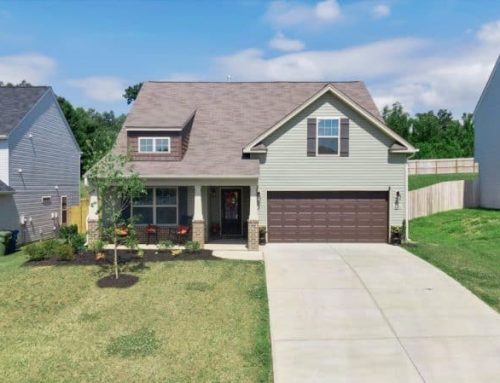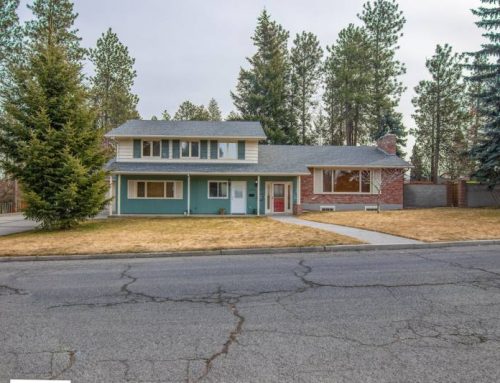When was the last time you thought about the lifespan of your roof? Many homeowners tend to overlook this important aspect of their property until it becomes a problem. But understanding the lifespan of your roof is crucial for its maintenance and ensuring your home remains protected.
A roof is one of the most vital components of any building, shielding it from the elements and providing security and comfort. However, just like any other part of your home, a roof has a limited lifespan. Various factors can affect the longevity of your roof, such as the materials used, the climate you live in, and the quality of installation.
Knowing the average lifespan of a roof can help you plan for repairs or replacements and prevent potential issues before they arise. In this article, we will explore the factors that determine a roof’s lifespan and provide you with essential insights to extend its longevity. So let’s dive in and ensure your roof stands strong for years to come.
How Long Does a Roof Last?
The lifespan of a roof can vary greatly depending on the materials used, climate, maintenance, and installation quality. Generally speaking, asphalt shingle roofs will last around 20-25 years when maintained correctly. Metal roofs have an even longer lifespan of up to 50 years or more with proper maintenance and repair.
Factors that Impact a Roof’s Lifespan
The type of material used for your roof is one of the most significant factors in determining its lifespan. Asphalt shingle roofs are relatively easy to install and affordable, making them a popular choice among many homeowners. Shingles can last up to 25 years with regular maintenance, but they are more susceptible to wear and tear from the elements than metal roofs.
Metal roofs are becoming increasingly popular due to their durability and energy efficiency. They can last up to 50 years or more with proper maintenance and repair, making them a great option for those looking for longevity.
The climate you live in will also impact the lifespan of your roof. In regions with high temperatures, snowfall, and strong winds, the roof will generally need to be replaced more often than in regions with milder weather.
The quality of installation is also essential for a roof’s longevity. Poorly installed roofs are more prone to leaks and damage from the elements, which can drastically reduce their lifespan. A professional should always be hired to ensure your roof is installed correctly and will stand strong for years to come.
Do Repairs Affect the Lifespan of a Roof?
Yes, repairs can have an impact on the lifespan of a roof. Regular maintenance and repair can help extend its life by many years while neglecting these tasks can lead to costly repairs that may reduce its lifespan. To ensure your roof lasts as long as possible, it is essential to schedule regular inspections and address any issues promptly.
How Can I Make My Roof Last Longer?
It’s essential to maintain your roof regularly to ensure it lasts as long as possible. Cleaning off debris and moss can help prevent water damage while checking for any loose shingles or leaks can help you spot potential issues before they become a problem. Regular inspections by a professional are also recommended to ensure your roof remains in optimal condition.
To ensure your roof stands strong for years, you should inspect it at least twice a year. Make sure that all of the tiles or shingles are in place and look out for any signs of damage or water leakage. It’s important to clean off any debris such as leaves or moss, as they can cause water damage if left unchecked.
Need a Roof Inspection?
When you partner with Tristate Roofing & Remodeling, we will walk you through the process of keeping your roof in its best shape. Contact us today to get started!






